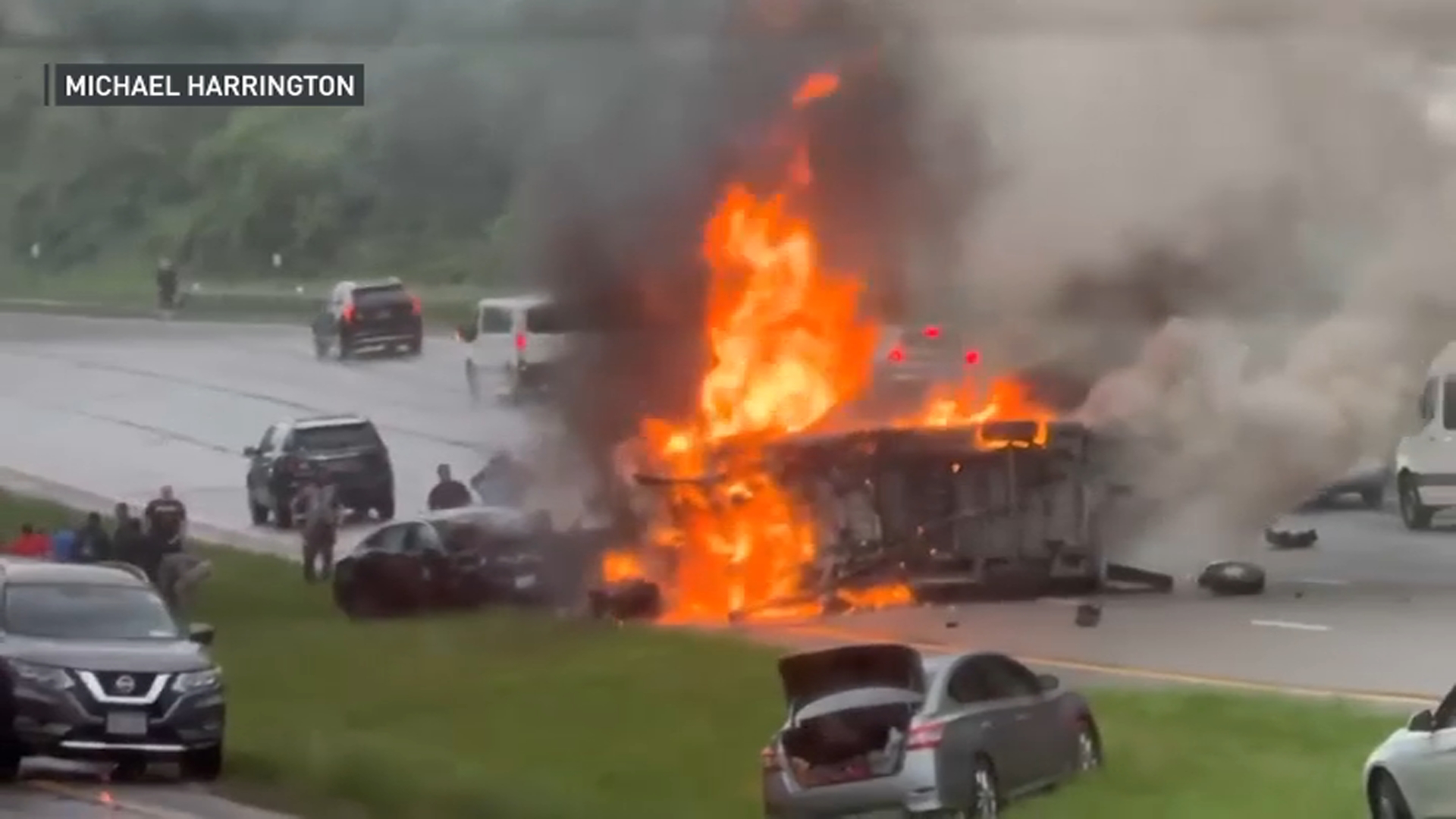Miracle Cat: Survives Deadly 400-Foot Canyon Fall
Miracle Cat: Survives 400-Foot Fall That Killed Owners at Bryce Canyon
Introduction: A Story of Loss and Unbelievable Survival
Imagine the unimaginable: a tragic accident at a breathtaking national park, the loss of loved ones, and then… a glimmer of hope. This is the story of an elderly female cat who defied the odds, surviving a near 400-foot fall at Bryce Canyon National Park in Utah, an accident that claimed the lives of her owners. How could such a small creature endure such a massive drop? It's a question that has left authorities and animal lovers alike in awe.
The Tragic Discovery at Inspiration Point
The Garfield County Sheriff’s Office announced the heartbreaking discovery of Matthew Nannen, 45, and Bailee Crane, 58, on April 29th. Visitors to the park had spotted their bodies far below Inspiration Point, a popular overlook offering stunning views of the canyon's iconic hoodoos. Their location, approximately 380 feet below the lookout, painted a grim picture.
A Preliminary Investigation: Unanswered Questions
Authorities believe the tragic fall occurred sometime between April 28th and 29th. While a preliminary investigation is underway, the exact circumstances leading to their deaths remain unclear. What we do know is that Nannen and Crane had apparently climbed over a railing positioned between the established trail and the precipitous edge of the cliff.
A Transient Lifestyle: Clues to Their Journey
The Sheriff’s Office revealed that the couple appeared to be living out of a U-Haul truck. They had reportedly traveled to Utah after spending a "significant amount of time" in Arizona. Their last known permanent address was in Florida, suggesting a life of travel and exploration.
Enter the Miracle Cat: Against All Odds
Amidst the sorrow and investigation, a ray of hope emerged: their elderly female cat had somehow survived the fall. Considering the height and the treacherous terrain, it's nothing short of a miracle. How could a creature so small and delicate withstand such an impact?
The Physics of Feline Falls: A Theory Explained
Cats, as we know, possess an incredible "righting reflex." This innate ability allows them to orient themselves during a fall and land on their feet. The physics behind it is fascinating: they spread their body out like a parachute to increase air resistance and slow their descent. But even with this amazing skill, a 400-foot drop is a test of survival unlike any other.
Best Friends Animal Society: A Safe Haven
Following her incredible survival, the cat was taken in by Best Friends Animal Society, a renowned animal welfare organization. Here, she would receive the care and attention she desperately needed after such a traumatic experience.
Medical Evaluation: Assessing the Extent of Her Injuries
The first step was a thorough medical evaluation. Vets needed to determine if she had sustained any internal injuries, broken bones, or other trauma from the fall. The amazing news is, she seemed to be in relatively good condition considering the circumstances.
Providing Comfort and Care: A Road to Recovery
Beyond physical healing, she also needed emotional support. The staff at Best Friends understood the importance of providing a safe and loving environment to help her recover from the stress and loss she had endured. Think of it as a feline therapy session – lots of purrs, gentle strokes, and comforting words.
The Mystery of the Fall: What Really Happened?
While the cat's survival is a cause for celebration, the underlying tragedy remains. What led to the fall of Matthew Nannen and Bailee Crane? Was it a tragic accident, a misjudgment, or something else entirely? The investigation continues to search for answers.
The Dangers of Inspiration Point: A Reminder of Caution
Inspiration Point offers breathtaking views, but it also serves as a stark reminder of the power and potential dangers of nature. It's crucial to always exercise caution, stay within designated areas, and heed all posted warnings when visiting national parks and other natural attractions. This tragedy underscores the importance of respecting boundaries and prioritizing safety.
Remembering Matthew Nannen and Bailee Crane
This story, while tinged with hope through the cat's survival, is ultimately a story of loss. It's important to remember Matthew Nannen and Bailee Crane and to offer our condolences to their loved ones. Their journey, though tragically cut short, reminds us of the importance of cherishing life and the bonds we share with our companions, both human and animal.
A Legacy of Travel and Adventure?
Their transient lifestyle, living out of a U-Haul and exploring different parts of the country, suggests a love of travel and adventure. Perhaps they found solace and inspiration in the beauty of the natural world. Let's remember them for their spirit of exploration, even as we mourn their untimely passing.
The Cat's Future: A New Chapter Begins
What happens next for the miracle cat? Best Friends Animal Society will undoubtedly work to find her a loving forever home. A home where she can experience comfort, security, and the unconditional love that every animal deserves.
Finding the Perfect Forever Home
The ideal home would be with a compassionate individual or family who understands the needs of an elderly cat and can provide a calm and supportive environment. It would be a place where she can finally feel safe and secure, free from the trauma of her past. Hopefully, her story will inspire someone to open their heart and home to this resilient feline.
The Power of Hope: A Lesson Learned
Even in the face of tragedy, hope can emerge in the most unexpected forms. The survival of this cat is a testament to the resilience of life and the enduring power of hope. It's a reminder that even in the darkest of times, there is always light to be found. This story should inspire everyone to never give up hope even when faced with seemingly insurmountable challenges.
Conclusion: A Story of Resilience and Remembrance
The story of the cat who survived a near 400-foot fall at Bryce Canyon is a poignant reminder of life's fragility and resilience. It's a story of tragic loss, but also of incredible survival. It's a testament to the enduring spirit of animals and the power of hope in the face of adversity. As we remember Matthew Nannen and Bailee Crane, let us also celebrate the miracle of this cat's survival and wish her a long and happy future.
Frequently Asked Questions
Here are some frequently asked questions regarding this incredible story:
- How did the cat survive such a long fall?
Cats possess a natural "righting reflex" that allows them to orient themselves during a fall and land on their feet. They also use their body to create air resistance, slowing their descent. While these abilities increase their chances of survival, a fall of nearly 400 feet is still exceptionally dangerous, making her survival a true miracle.
- Where is the cat now?
The cat is currently in the care of Best Friends Animal Society, where she is receiving medical attention and emotional support.
- Will the cat be available for adoption?
It is highly likely that the cat will be available for adoption once she has fully recovered and been medically cleared. Keep an eye on Best Friends Animal Society's website for updates.
- What caused Matthew Nannen and Bailee Crane to fall?
The exact cause of the fall is still under investigation, but authorities believe they climbed over a railing between the trail and the cliff edge at Inspiration Point.
- How can I help support Best Friends Animal Society?
You can support Best Friends Animal Society by donating, volunteering your time, or spreading awareness about their important work. Visit their website for more information: bestfriends.org


